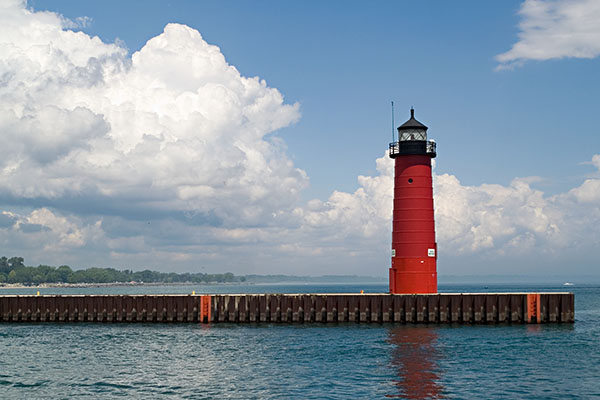
Kenosha Area Business Alliance (WI) – Kenosha First: Economic Development Strategic Plan
Challenge
After stagnating in the 1970s and 1980s, Kenosha County experienced strong population growth through the 1990s and 2000s. Strategically positioned along Interstate 94 within the Chicago-Milwaukee Corridor, the county was also successful in growing its base of employers. However, the region’s dependence on traditional manufacturing sectors proved to be a significant vulnerability. The sector began shedding jobs in the first half of the 2000s and continued to decline in the face of increasing globalization and the start of the Great Recession towards the latter half. A century of auto production in the county ended with the permanent closure of Chrysler’s Kenosha Engine facility in 2010. In addition, the county faced growing competition within the region for its most skilled and educated workers.
Response
The Kenosha Area Business Alliance (KABA) engaged TIP Strategies to prepare a strategic plan and target marketing study to build awareness of the county among employers in the Chicago-Milwaukee Corridor and respond to deteriorating economic conditions. Key strategies included realigning funding priorities for KABA’s revolving loan funds and placing greater emphasis on attracting and retaining talent, especially younger professionals. Since adoption of Kenosha First in May 2009, KABA and Kenosha County have achieved several notable successes. The Kenosha County Board of Supervisors created a $1 million “high impact fund” to help businesses create jobs in the county. In addition to the Board of Supervisor’s efforts, KABA has provided financing to support the expansion of existing businesses, including GEM Manufacturing and Albany-Chicago Company. Regional postsecondary institutions Gateway Technical College, UW-Parkside, and Carthage College have each initiated expansion projects. To help revitalize downtown Kenosha, KABA relocated its offices to a renovated building and recruited Jockey International to move its retail close-out center to the first floor. The location of Jockey’s close-out center to the downtown was a specific recommendation of the plan.